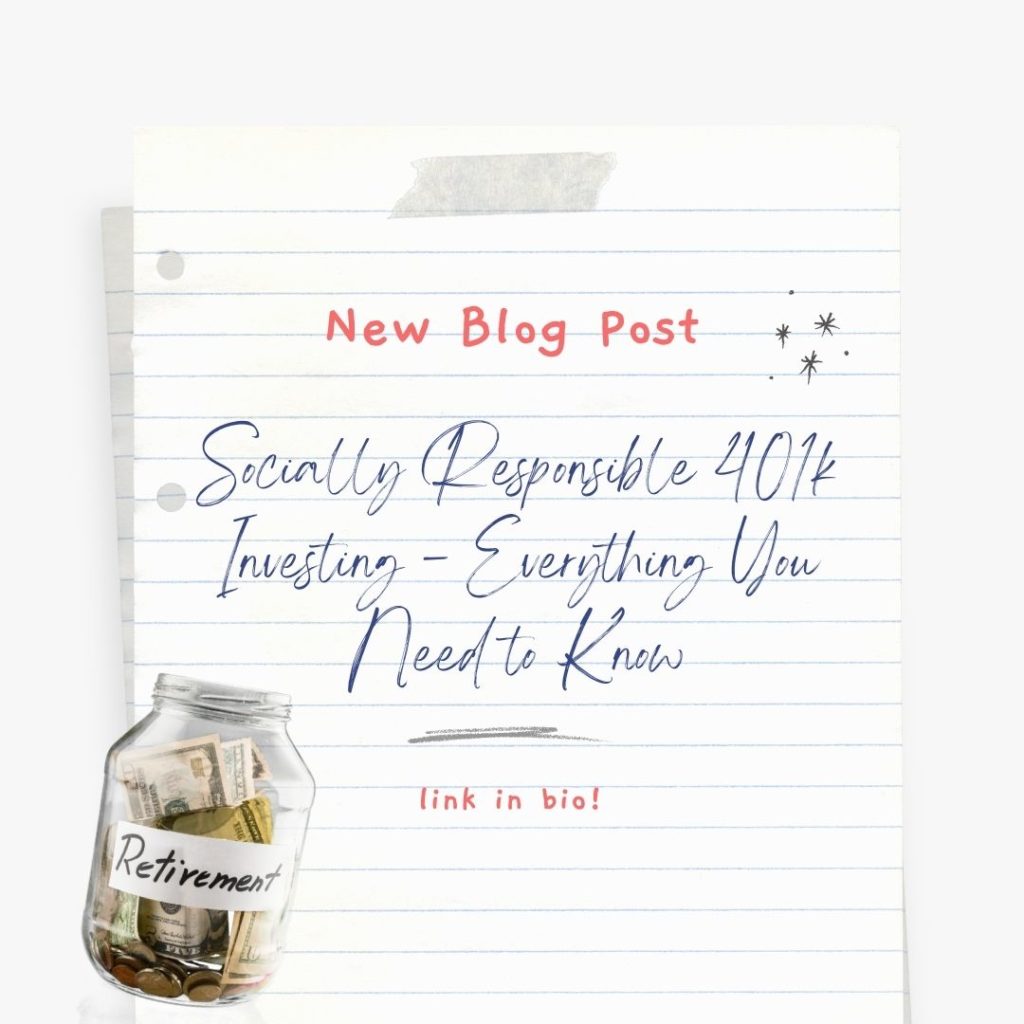Micro-investing, aka the latest trend to hit the investing world, has skyrocketed in popularity among millennials and gen-Zers alike. Since this investment style doesn’t seem to be disappearing anytime soon, we figured it might be beneficial to provide our opinion on the topic. To sum it up as neatly as we can, micro-investing is a form of investing that allows clients to invest super small amounts of money to buy fractions of shares. That’s right, not a full share of anything, a fraction of one share. Which when you think about it, seems like a less than worthwhile endeavor, but we gotta say it does seem to have some perks (just not as many as we’re used to seeing). In order to lay out all of the good and not-so-good aspects of this new finance fad, we’ve broken our thoughts down into two handy dandy categories.
Micro-Investing Pros
Hey, we wouldn’t openly introduce you to something if it didn’t have some potential benefits. Here are the three biggest reasons why micro-investing has become such a hot topic, and why you’re most likely to hear your friends or family talking about it.
- They are easy to start by yourself. Attention all introverts, this one might actually be for you. Sometimes contacting big investment firms or trying to find a financial advisor that you trust can be daunting, especially for those who don’t feel super confident in their financial knowledge. Being able to simply download a micro-investing app, create an account, and deposit money into it directly from your mobile device takes a lot of that social anxiety out of the equation.

- They keep costs low. Some of the leading micro-investing platforms (aka mobile apps) allow clients to start investing with as little as five dollars. Crazy right?? Even investment companies who don’t have strict minimums might look at you a little funny if that’s all you bring to the table. But, since you aren’t purchasing whole shares of anything, you can expect your costs to stay relatively low. This kind of style probably works best for those who either aren’t making a ton of extra income or have a hard time-saving money to invest later.
- They can become a passive form of investing. Another common feature of many micro-investing platforms is the ability to link to your primary checking or credit card accounts, and use the roundup method. If you have this feature enabled, your micro-investing platform will automatically take any purchase you make, say $6.52 for your morning coffee, and round that price up to the next whole dollar in order to put that extra change into your investments. So you can forget about remembering to manually add extra cash into your investment account. Oh and FYI, there are a lot of banks who offer this same roundup service in order to help their clients keep money in their savings accounts, but like many of us know, savings accounts are not the right garden for financial growth.
Micro-Investing Cons
And…here are the not so great sides of micro-investing. Now, we aren’t trying to be Debbie downers and we’re not telling you to share all of your peers who already have opted in to these services. These are just the facts, and we’re giving ‘em to ya straight.
- They won’t yield big returns: The famous Dave Ramsey said it best, “Micro investing produces micro results.” This might be all that you’re looking for, but if you’re trying to save for retirement or a downpayment on a property, this strategy won’t do you any good. Individuals who micro-invest can safely estimate that they’ll generate a few hundred dollars a year at most, depending on how much they are contributing. So, it could be an easy way to kick start a small emergency fund, but that’s about it.

- They are managed by Robo-Advisors. Yeah, if you’ve been with us for a while you’ll already know our thoughts on this one. Robo-advisors are a type of AI that uses specific, pre-programed algorithms to manage your money. They may give you the illusion of personalization by asking you a few questions upfront about your investment preferences, but these are only used to figure out what algorithm you fall under. Plus, if you ever have a problem or disagree with how your money is being managed, it’s not like you can talk face to face with a human person, the best you can hope for is a customer service representative that isn’t having a bad day.
- They aren’t deeply customizable. This one is almost a direct by-product of the robo-advisor thing. Basically, these algorithms are already lined up to package certain investments together – whether you know it or not – and they might not always give you the most in-depth reasoning why those companies are being chosen. So, say you are someone who wants to make sure your cash isn’t going to companies that you’ve decided to boycott for political or personal reasons, you might have a hard time weeding those companies out. Or flip the script and say you’re someone who only wants their money going to companies who are doing good for the environment, treating their workers fairly, or investing in global peace efforts, you’ll probably have a hard time finding a button on your app that does all of those for you.
Our final thoughts
Micro-investing isn’t a bad strategy as long as it isn’t your only strategy. We pride anyone who has made the decision to tip their toe into the investment waters, but we also want the best for you and micro-investing probably isn’t that. We know you have specific goals, values, and interests that a Robo-advisor algorithm isn’t equipped to understand. We also know that in the long run, you’ll have wished you started your retirement accounts or other financial assets way earlier than this quick fix investment strategy.




